All New Square Foot Gardening, 3rd Edition, Fully Updated: MORE Projects - NEW Solutions - GROW Vegetables Anywhere (Volume 9) (All New Square Foot Gardening, 9)
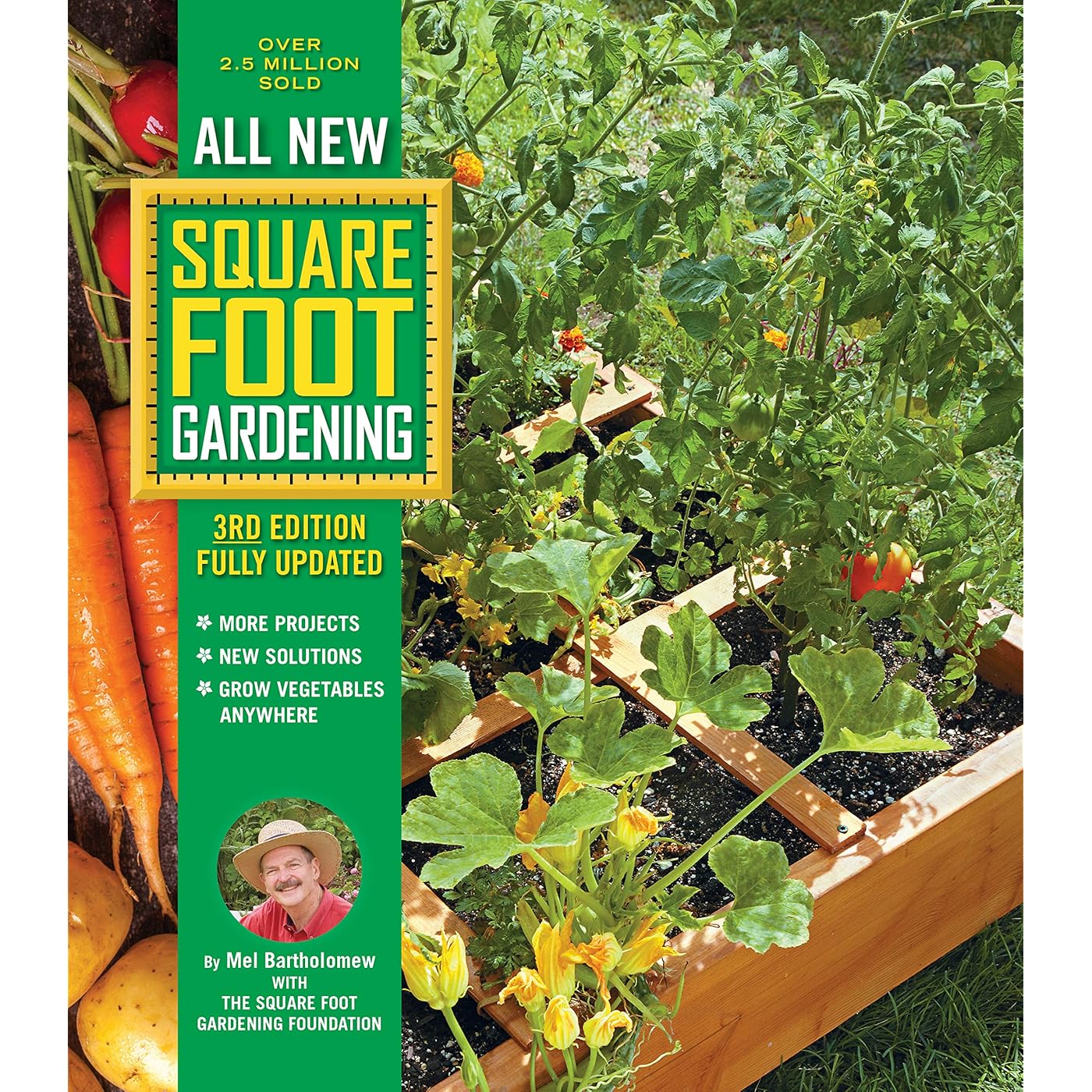
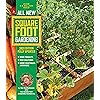


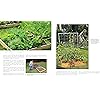
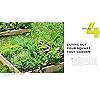
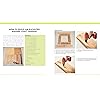

Buy Now, Pay Later
- – 4-month term
- – No impact on credit
- – Instant approval decision
- – Secure and straightforward checkout
Ready to go? Add this product to your cart and select a plan during checkout.
Payment plans are offered through our trusted finance partners Klarna, Affirm, Afterpay, Apple Pay, and PayTomorrow. No-credit-needed leasing options through Acima may also be available at checkout.
Learn more about financing & leasing here.
This item is eligible for return within 30 days of receipt
To qualify for a full refund, items must be returned in their original, unused condition. If an item is returned in a used, damaged, or materially different state, you may be granted a partial refund.
To initiate a return, please visit our Returns Center.
View our full returns policy here.
Recently Viewed
Description
This updated third edition of the best-selling gardening book in North America continues to inspire with planting charts, growing tips, and the know-how you need to grow more veggies than ever before. Since Square Foot Gardening was first introduced by Mel Bartholomew in 1981, this revolutionary way to grow vegetables has helped millions of home gardeners enjoy their own organic, fresh produce in less space and with less work than traditional row gardens. New and experienced gardeners will love the charts, photos, illustrations, and how-to tips in All New Square Foot Gardening, 3rd Edition—including 42 veggie- specific planting, growing, and harvesting guides—that make growing your own food fun, easy, and productive. Perfect for experienced gardeners or beginners, you’ll learn the three simple steps to Square Foot Gardening: build a box; fill it with Mel’s Mix™; add a grid. No digging, no tilling, no fertilizing, no guesswork—less watering, waste, and weeding! There’s so much more packed in this 272-page instructional book—boost your organic vegetable harvest with inspiring how-tos such as: Adding trellises and archways to grow up and maximize your space Installing automatic watering systems Growing vegetables in dense urban areas with little or no yard Feeding your veggies the organic way with Mel’s Mix™ Teaching STEM to kids with Square Foot Gardening—perfect for little hands Protecting your plants with shade and frost covers Managing pests in the garden with natural methods Join the millions of gardeners around the world who grow their own organic, fresh produce with Square Foot Gardening, and make next season your best veggie harvest ever. Read more
Publisher : Cool Springs Press; 3rd edition (November 27, 2018)
Language : English
Paperback : 272 pages
ISBN-10 : 0760362858
ISBN-13 : 53
Item Weight : 1.82 pounds
Dimensions : 8.25 x 0.63 x 9.5 inches
Best Sellers Rank: #5,127 in Books (See Top 100 in Books) #3 in Vegetable Gardening #4 in Garden Design (Books) #5 in Gardening & Horticulture Techniques (Books)
#3 in Vegetable Gardening:
#4 in Garden Design (Books):
Frequently asked questions
To initiate a return, please visit our Returns Center.
View our full returns policy here.
- Klarna Financing
- Affirm Pay in 4
- Affirm Financing
- Afterpay Financing
- PayTomorrow Financing
- Financing through Apple Pay
Learn more about financing & leasing here.






















